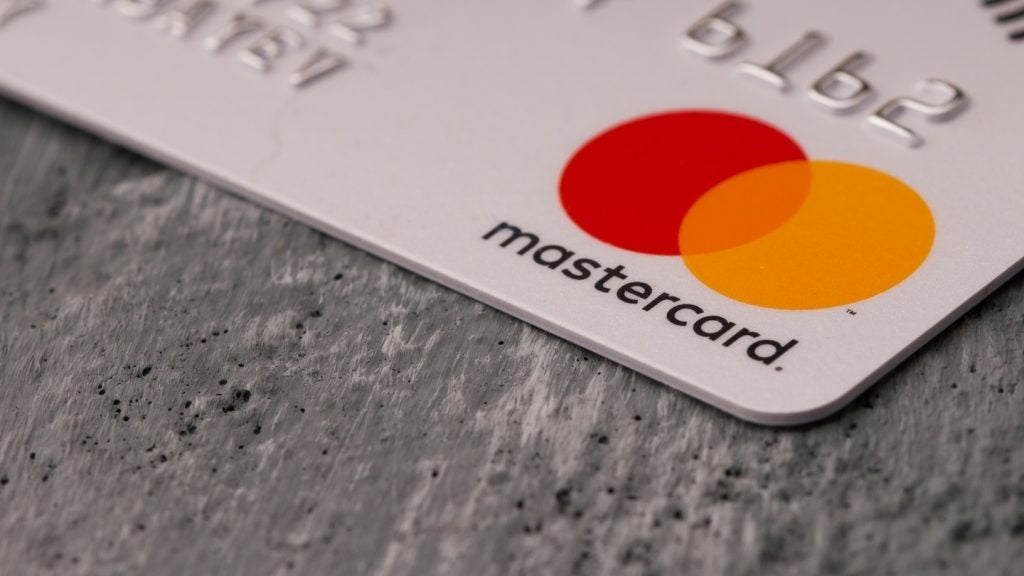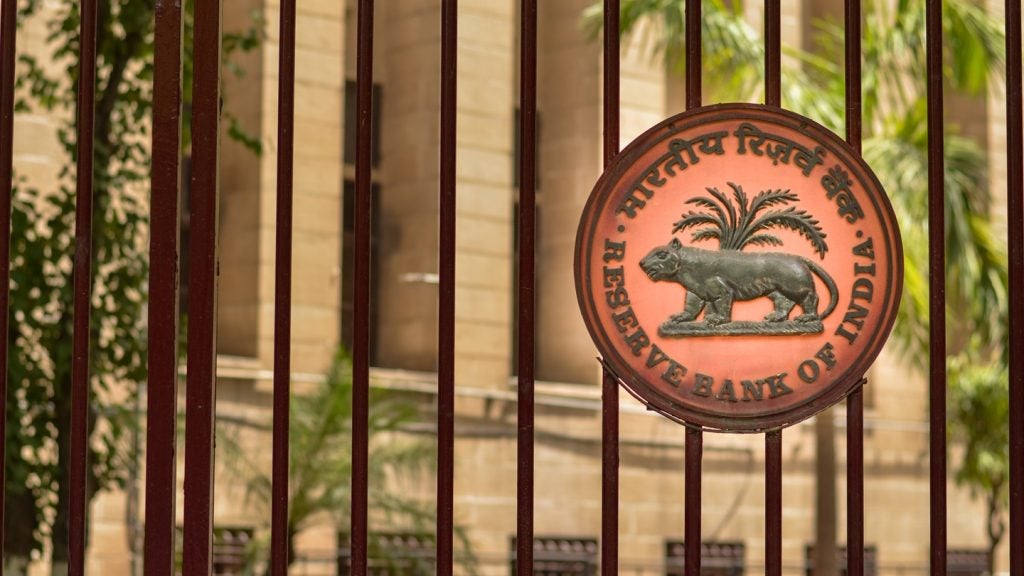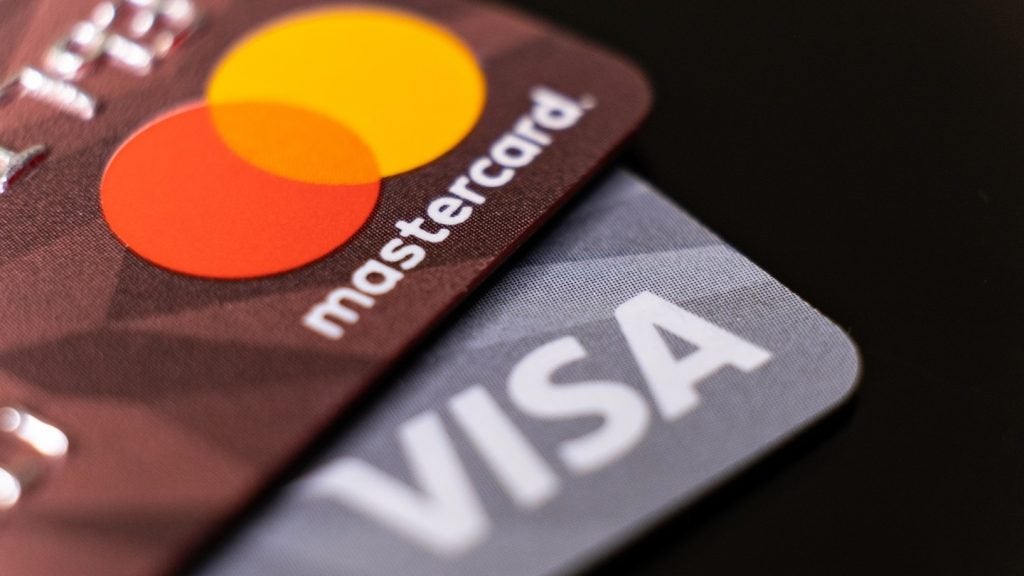Prepaid can be an
excellent tool to engage those who are excluded, or have avoided,
the banking system and is one step on the road to financial
inclusion. Yet, while the industry continues to endeavour to
improve the prepaid business model, consumers are still feeling the
pain of high fees, writes Jane Cooper.
For the unbanked the prepaid
card makes a great deal of sense. Prepaid puts plastic in the hands
of those who are excluded, or have avoided, the banking system and
is one step on the road to financial inclusion.
But the business model of
prepaid means that all the costs are passed onto the user, and for
the unbanked these costs are difficult to bear.
Prepaid cards on the one hand
have been lauded for offering a product to a segment that has been
neglected by banks, while on the other have been criticised for
ripping of consumers who can least afford the fees and a case of
the poor having to pay more.
The arguments often rest on
what prepaid is being compared to, and prepaid issuers have to
justify their fees in relation to other prepaid products, bank
accounts and cheque-cashing services.

US Tariffs are shifting - will you react or anticipate?
Don’t let policy changes catch you off guard. Stay proactive with real-time data and expert analysis.
By GlobalDataAccording to the Centre for
Financial Services Innovation (CFSI), there are approximately 40m
underbanked individuals in the US and more than one-third of them
would prefer to use a prepaid card than a bank account, providing
the costs were equal. And therein lies the challenge for the
industry: the costs are not equal in the sense that it is difficult
to make comparisons.
Navigating the various fees
and charges can be confusing for the consumer. Suzanne Martindale,
staff attorney at the Consumers Union says that the structure of
prepaid fees vary widely from card to card.
Consumers are confronted with
a combination of reload fees, transaction fees, ATM withdrawal
fees, monthly fees, a “nickeling and diming effect” that could end
up being a rip-off. Martindale also says that the full fee schedule
is often not made clear on the packaging of the card and in some
cases consumers have to first apply for a card online to then be
able to see the full extent of the fees.
The structure of bank account
fees can greatly impact the success of the prepaid products in a
particular market.
For example, in Italy, the
success of prepaid has been put down to the dissatisfaction that
many consumers had with the banking options that were offered to
them.
Whereas in the UK, consumers
are used to ‘free’ bank accounts and are uncomfortable with the
idea of paying for the various fees that prepaid cards
entail.
While consumer advocates
argue that prepaid fees are not transparent because it is difficult
for the consumer to assess how much the card will actually cost
them, others in the industry take a different view.
Advanced Payments Solutions
programme manager CEO Rich Wagner argues that the prepaid industry
is transparent and ethical because it is upfront about the
costs.
He compares this to the
stealth pricing in the UK, where banks use penalty charges – which
typically affect the poorer customers – to cross-subsidise the
‘free’ banking for the majority.
The average cost of a bank
account was estimated by the World Retail Banking Report to be in
the region of €70.30 ($98.6). If these costs are hidden to the
consumer, they are often shocked to be asked to pay a similar
amount for a prepaid card annual fee.
Prepaid resources CEO Barry
Kessler says the banking model is different because the bank
anticipates that it will be able cross-sell other products once the
customer is locked into a relationship.
“Those expectations do not
apply to the underserved customer – they are unlikely to apply for
a mortgage or deposit thousands with the bank,” Kessler
says.
The costs of prepaid cards
can add up, but in the case of the prepaid card the only revenue
for the issuer is from the fees, unlike banks which have other
sources of income.
The challenge for prepaid
issuers and programme managers, says Kessler, is it to hold onto
its cardholders and to encourage them to keep using the card. In an
ideal world prepaid issuers would find a way to build volume and
offer a cheaper product on a wider scale.
For now, while the industry finds a way to improve the
economics of its business model, many unbanked consumers will
continue to feel the pain of the prepaid fees.









